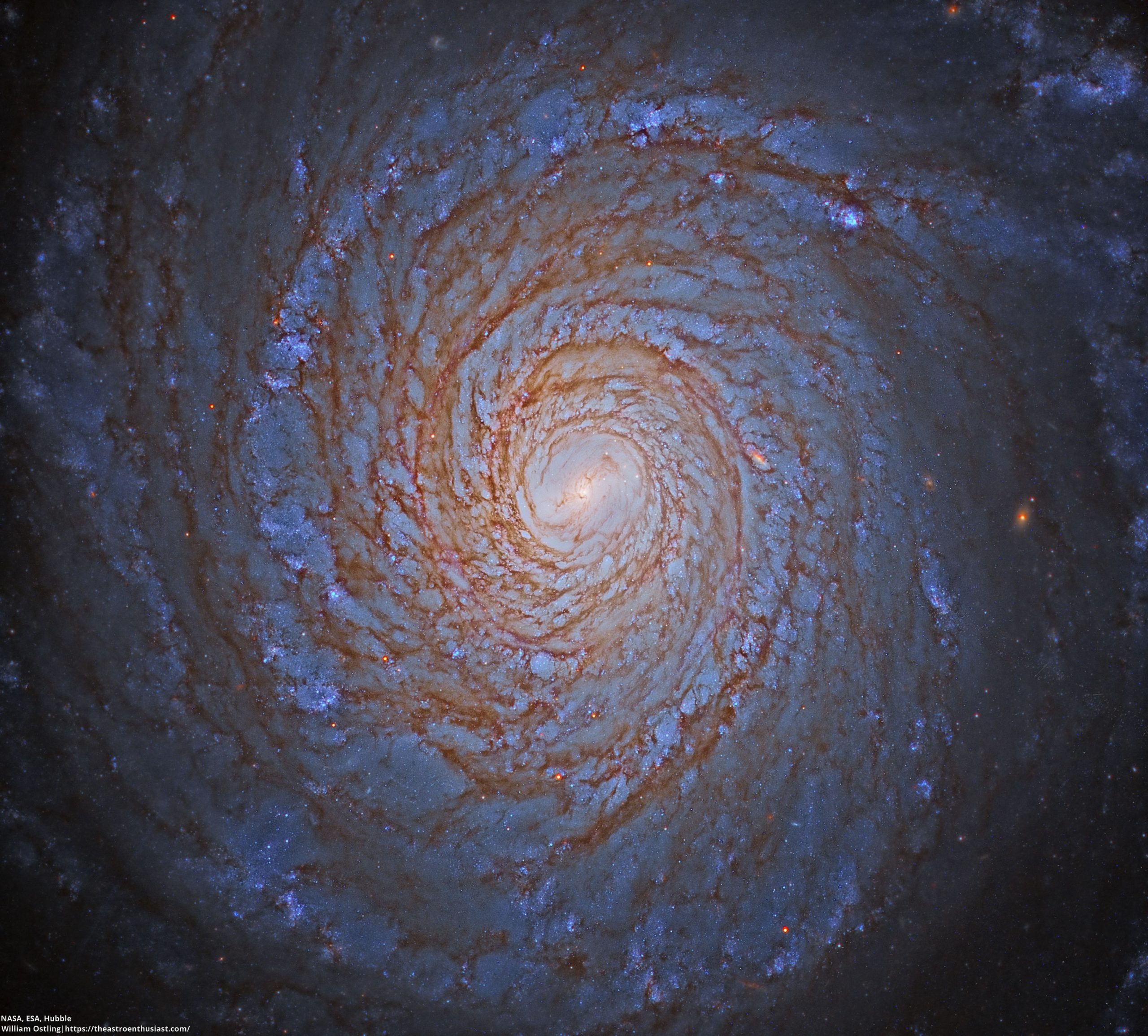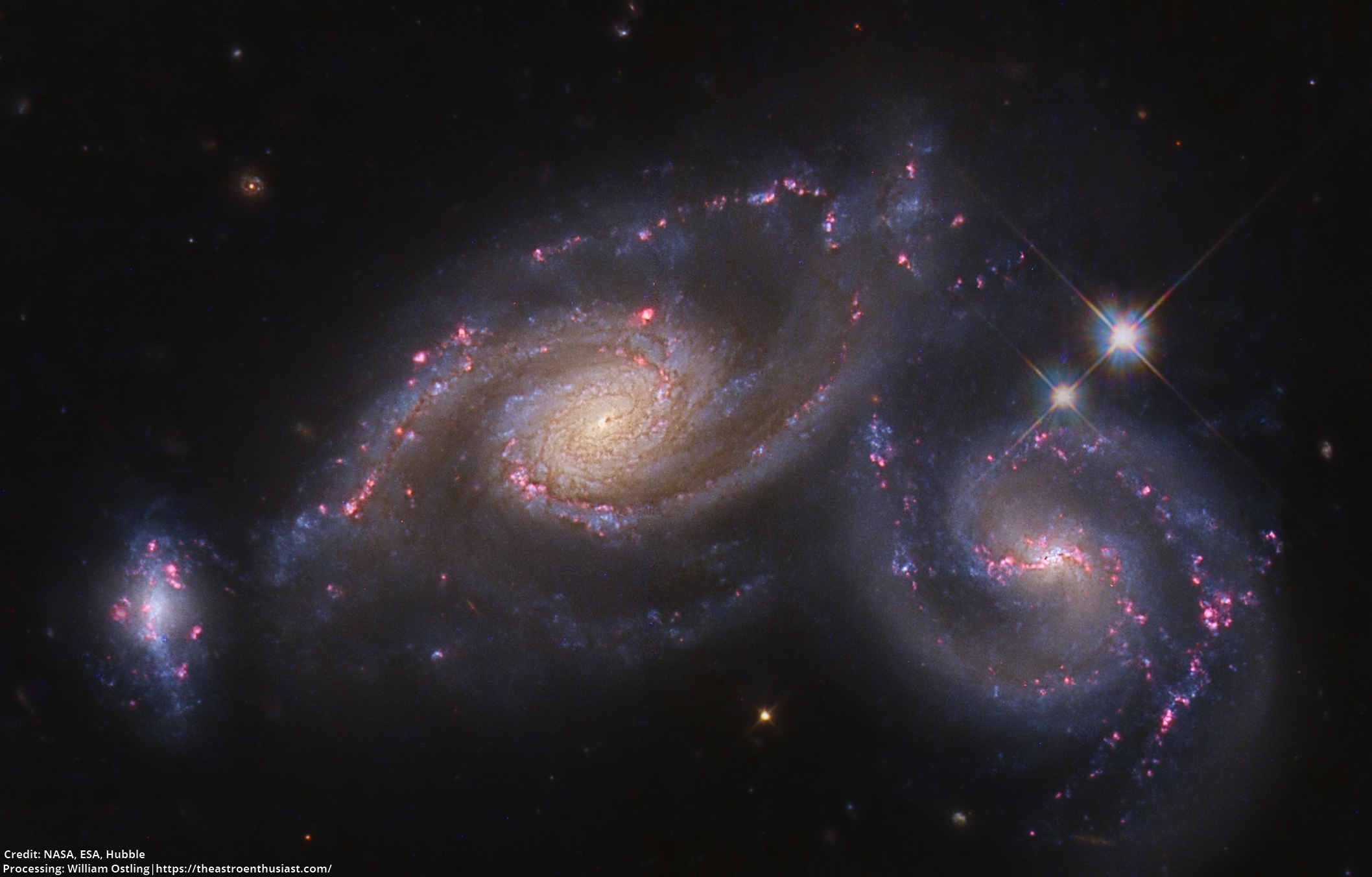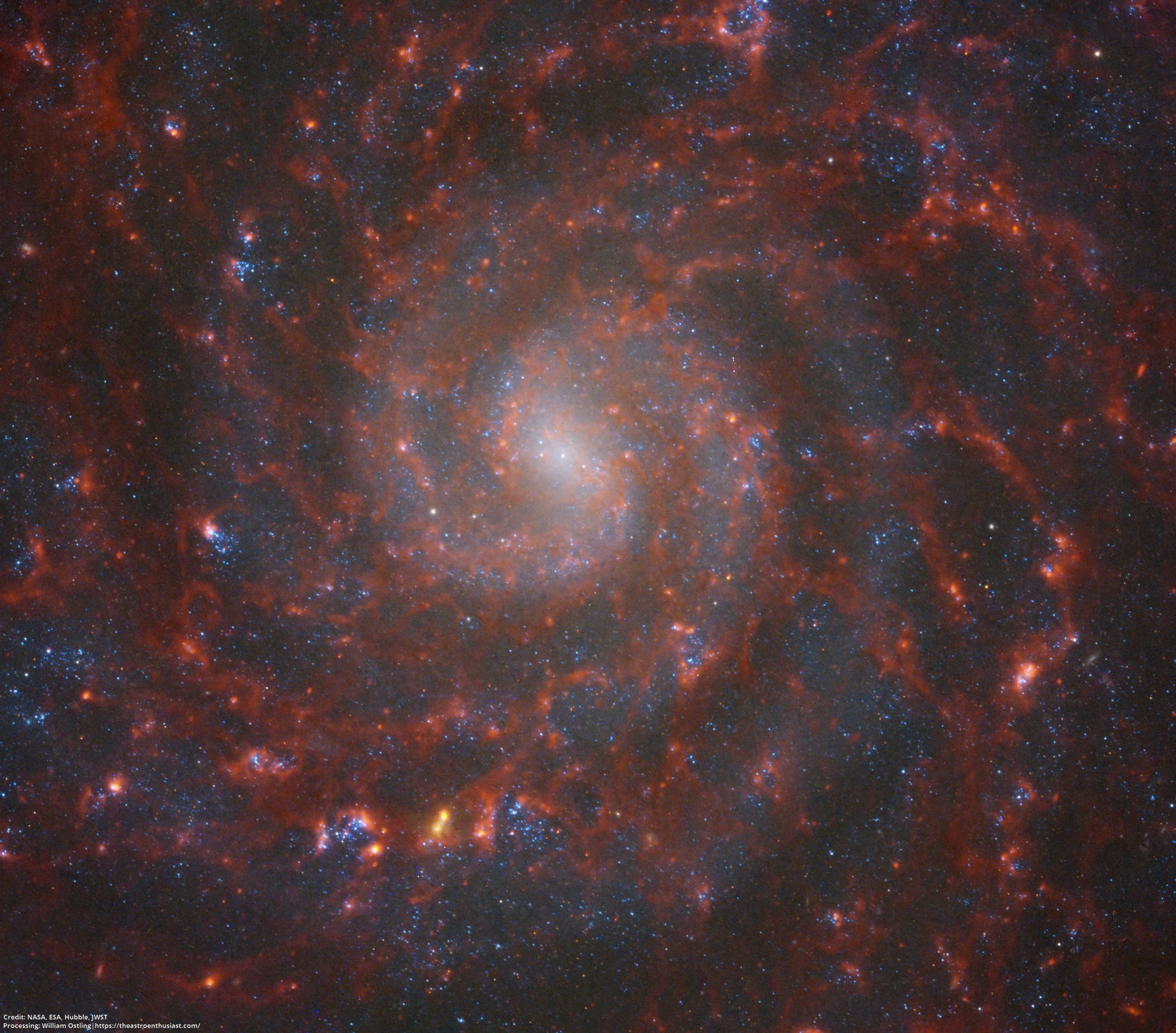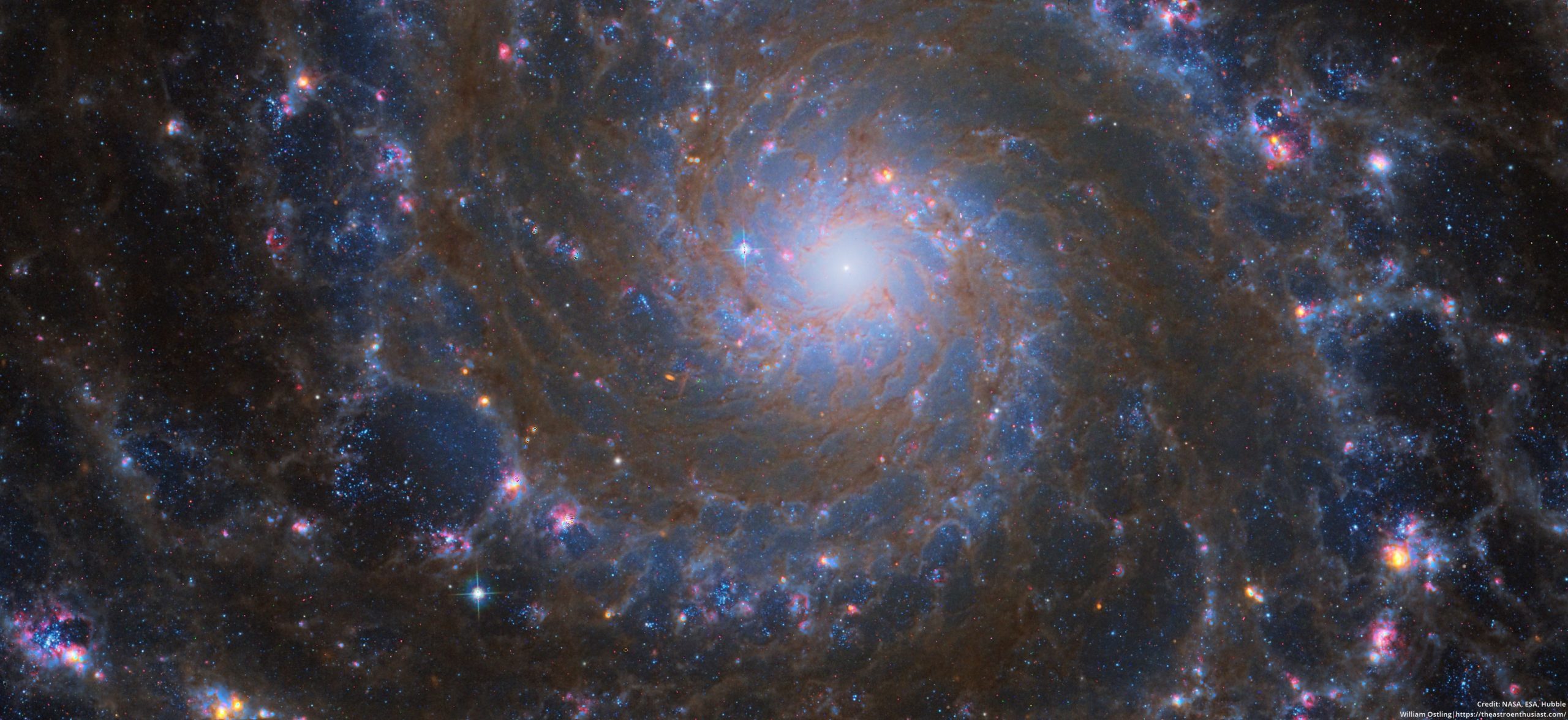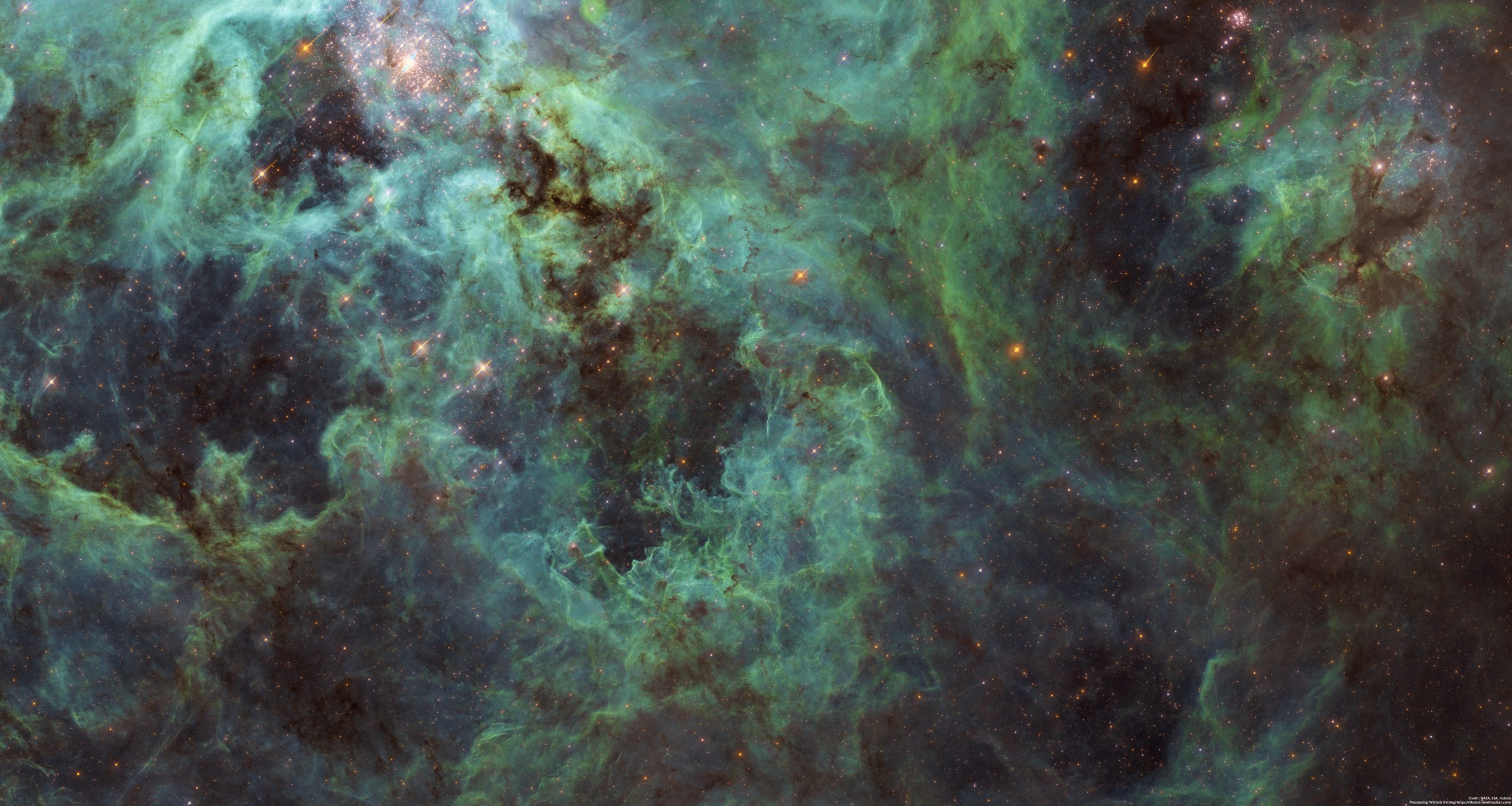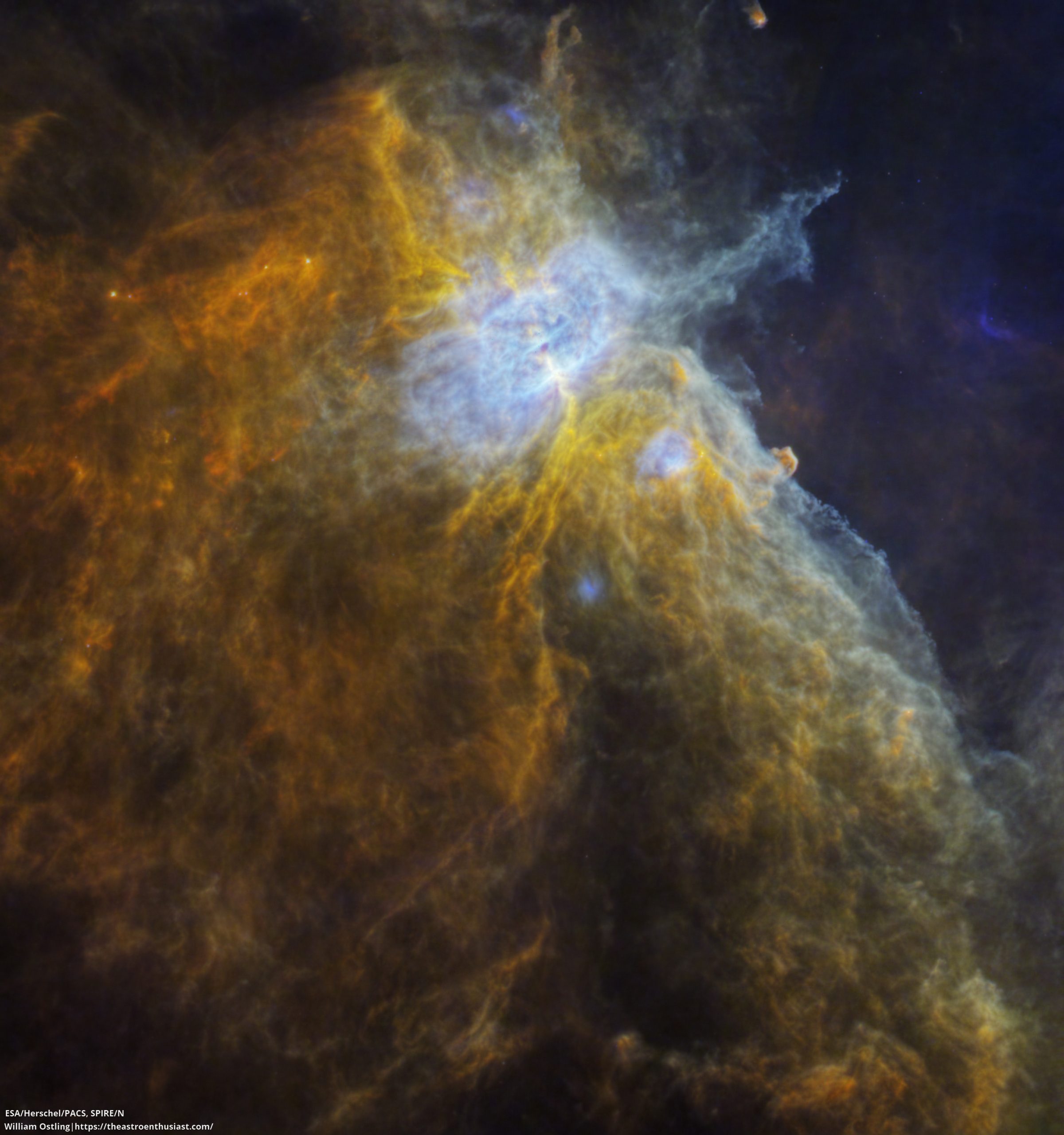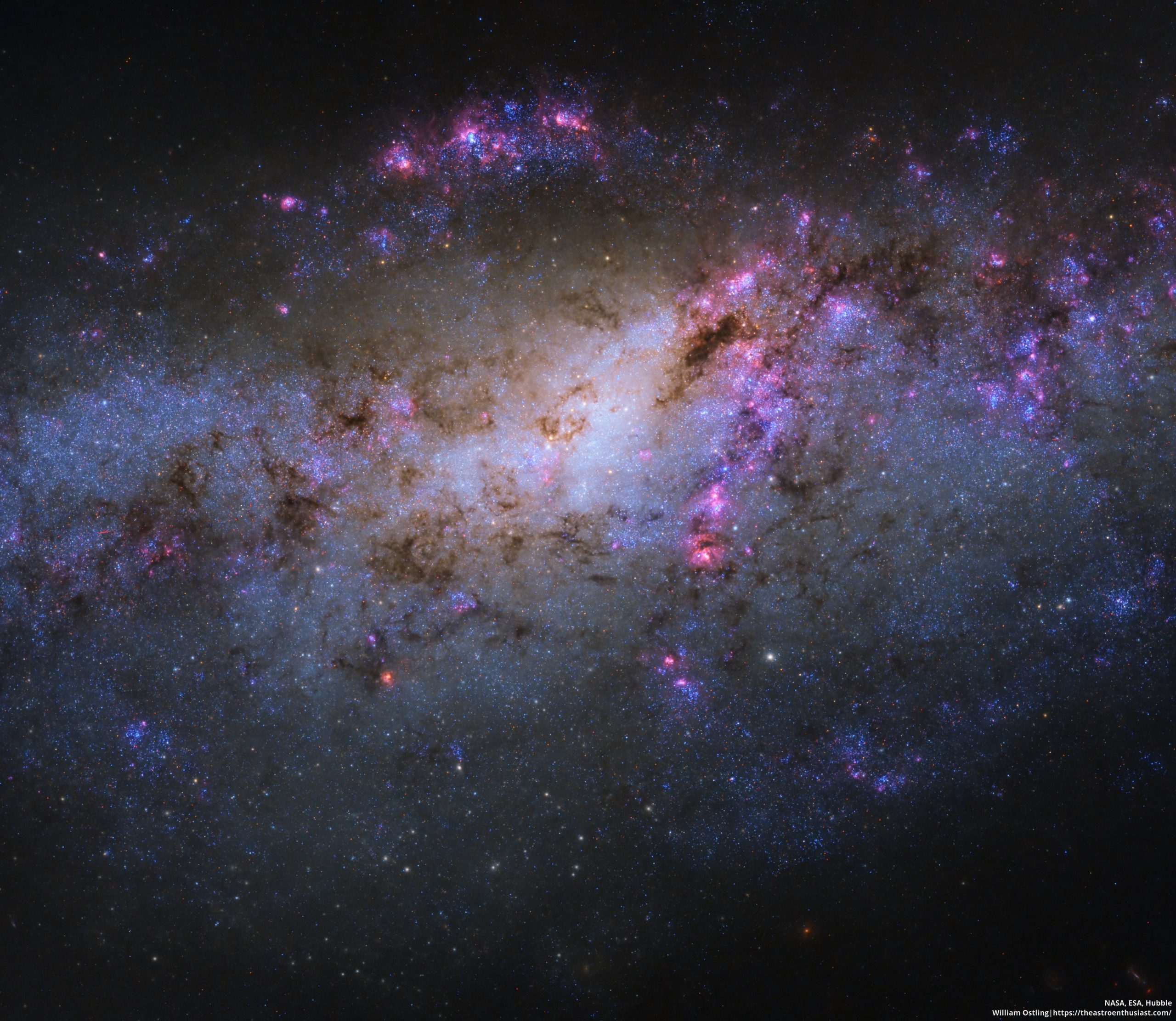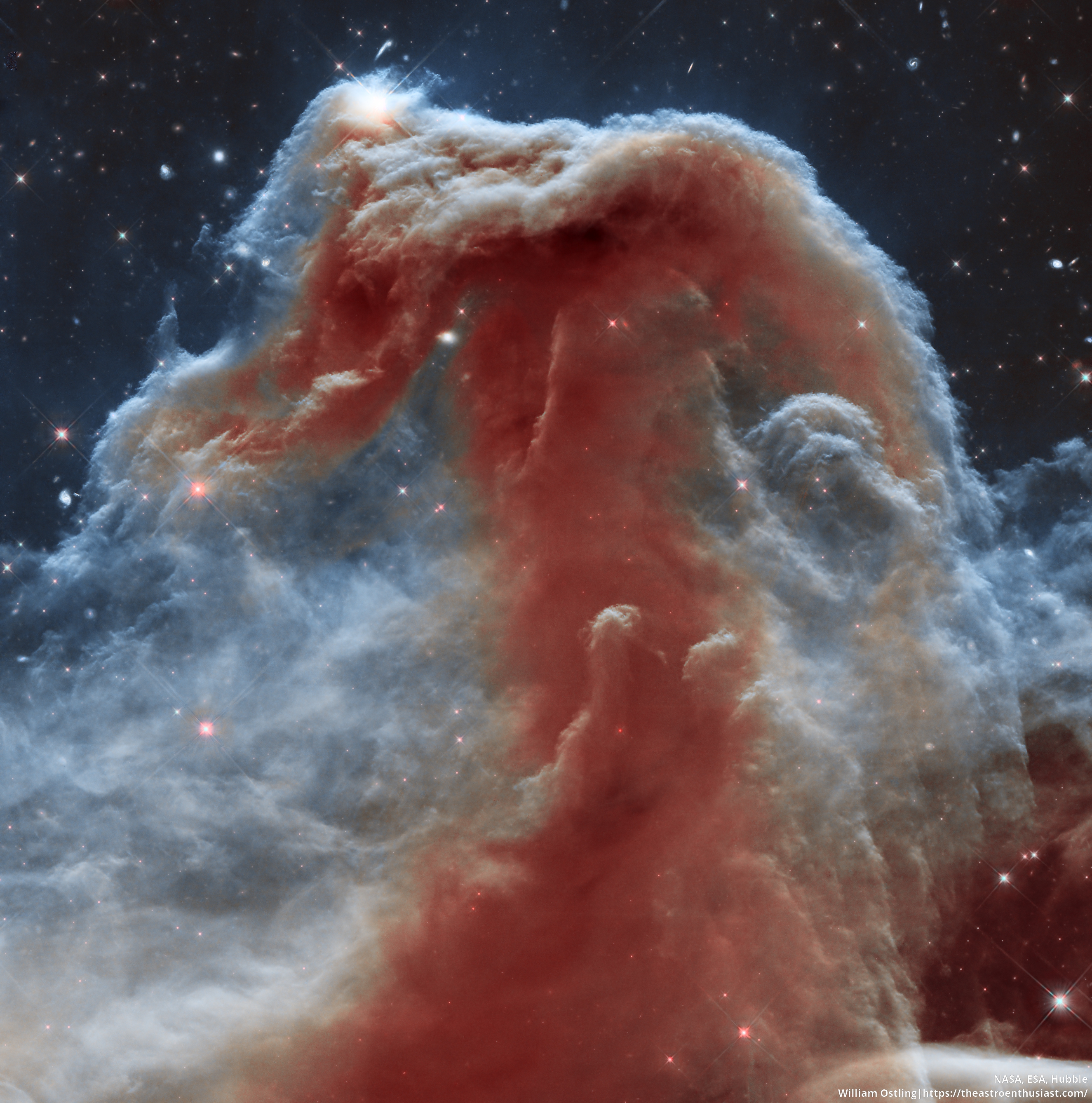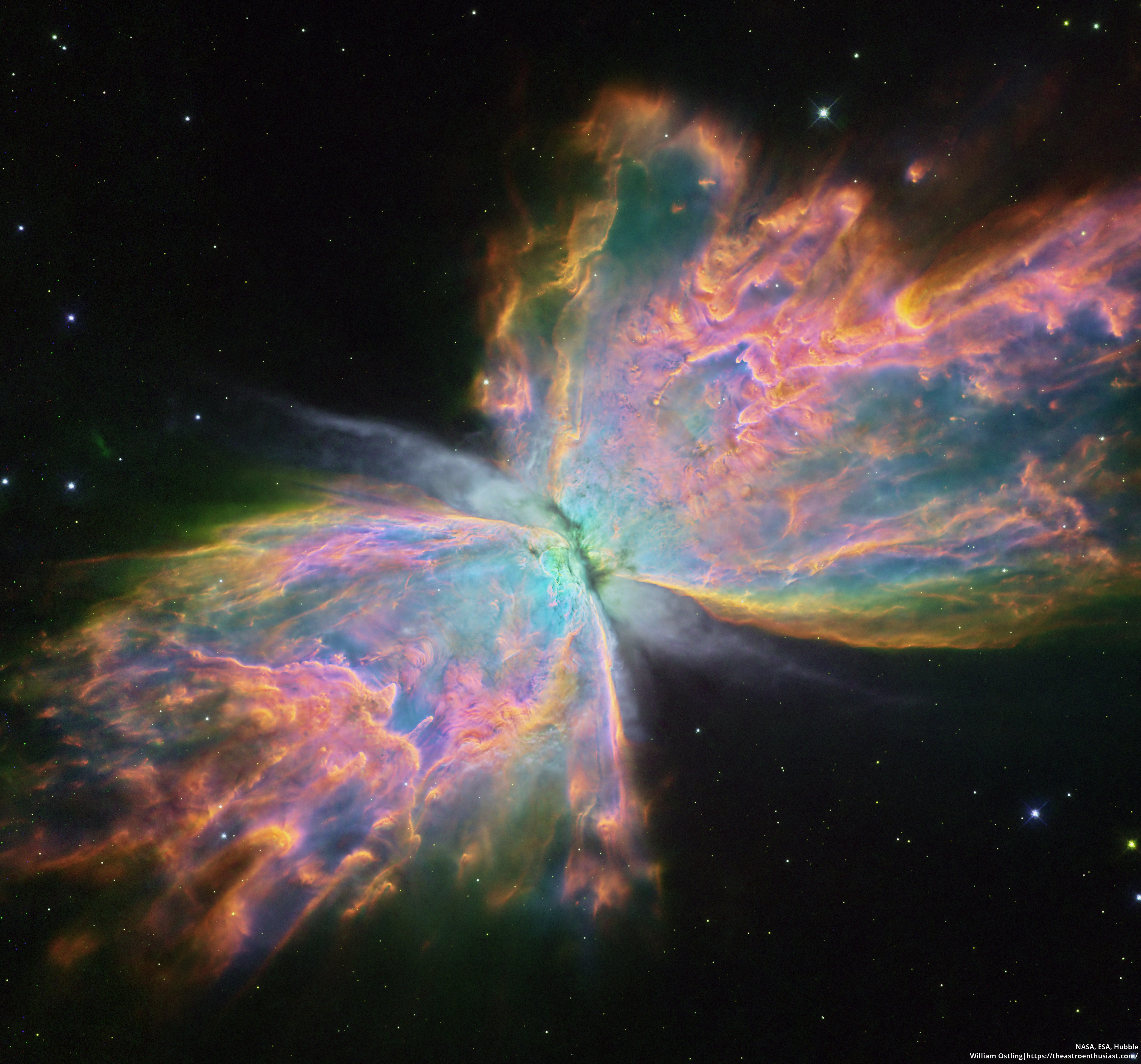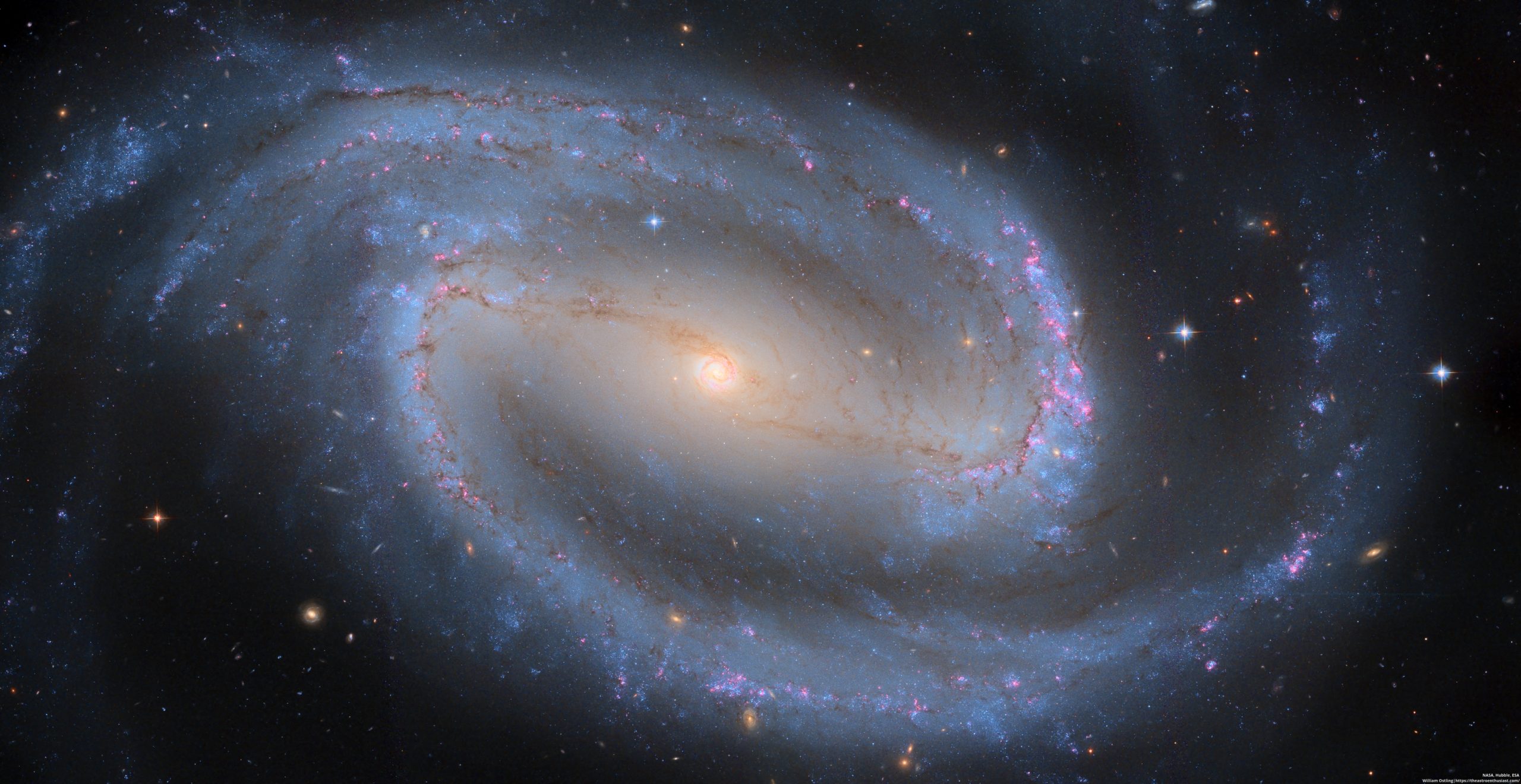Spiral Galaxy NGC 3147 from Hubble
The graceful, winding arms of the majestic spiral galaxy NGC 3147 appear like a grand spiral staircase sweeping through space in this Hubble Space Telescope image. They are actually long lanes of young blue stars, pinkish nebulas, and dust in silhouette. The beauty of the galaxy belies the fact that at its very center is a malnourished black hole surrounded by a thin, compact disk of stars, gas, and dust that have been caught up in a gravitational maelstrom. The black hole’s gravity is so intense that […]
Read more